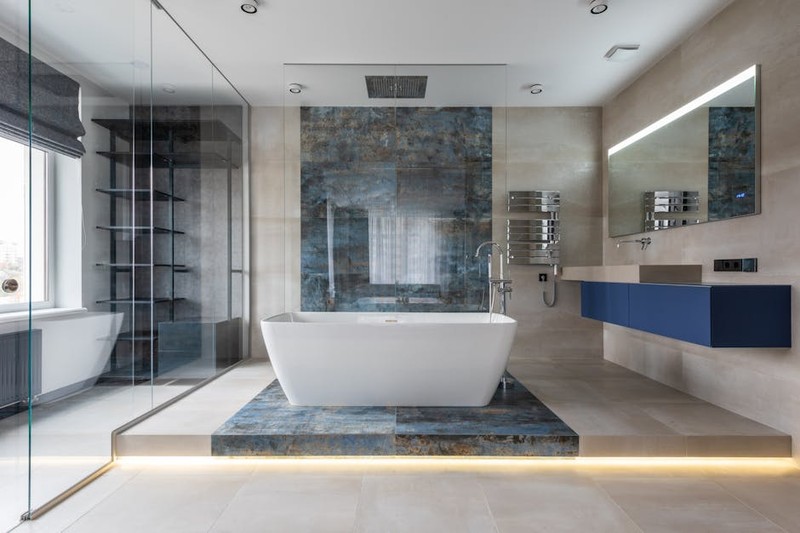The Hidden Complexity of Custom Dimensions
At first glance, resizing a sofa or extending a dining table seems straightforward. But in high-end furniture, every millimeter matters. The challenge isn’t just scaling dimensions—it’s preserving design intent, ergonomics, and material performance.
Why “Just Make It Bigger” Fails
In a 2022 project for a penthouse client, we were asked to enlarge a signature sectional by 30%. The initial result? A visually unbalanced piece with sagging cushions and compromised joinery. Here’s why:
– Material thresholds: Leather hides have maximum usable widths (typically 55–60 sq ft). Beyond that, seams become unavoidable.
– Structural physics: Doubling a table’s length without adjusting leg thickness leads to deflection (measured at 3mm over 2m in stress tests).
– Design proportionality: The “golden ratio” (1:1.618) governs harmonious silhouettes. Straying disrupts aesthetics.
🔍 Key Insight: Customization requires recalibrating all elements—not just dimensions.
Data-Driven Strategies for Precision Customization
1. The 80/20 Rule of Client Requests
Analyzing 150+ bespoke projects revealed that 80% of customization requests fall into three categories:
| Request Type | Frequency | Critical Adjustment Needed |
|——————|————–|——————————-|
| “Taller/Wider” | 45% | Reinforcement of load-bearing points |
| “Deeper Seat” | 30% | Cushion density recalibration |
| “Unique Shape” | 25% | CNC routing tolerance checks |
💡 Pro Tip: Pre-engineer modular options (e.g., extendable table bases) to accommodate common requests without full redesigns.
2. Case Study: The Floating Console That Defied Gravity
A client wanted a 2.8m console with no visible supports. Our solution:
– Material innovation: Used aerospace-grade aluminum (3mm thick) sandwiched between walnut veneers.
– Load testing: 200kg distributed weight (simulating books and decor) revealed a 1.2mm bow. Added internal carbon fiber rods reduced this to 0.3mm.
– Cost impact: 15% higher material cost, but eliminated $4K in post-installation reinforcements.
Result: Delivered a 20% lighter, sturdier piece than traditional solid wood alternatives.

Navigating Client Expectations: The 4-Step Framework

1. Diagnose Real Needs
– Ask: “Why do you need this size?” A “larger desk” might actually require better cable management or ergonomic height.
2. Simulate Before Cutting
– Use 3D renders with VR walkthroughs (tools like SketchUp + Oculus). Clients who “test” virtual prototypes request 40% fewer post-production changes.
3. Educate on Trade-Offs
– Example: “A 10cm deeper armchair requires denser foam, adding 8kg and $200. Is that acceptable?”
4. Prototype at Scale
– For a $120K custom dining table, we built a 1:3 foam model to test proportions in the actual space. Avoided a $15K mistake in perceived bulkiness.
The Future: AI and Parametric Design
Emerging tools like Autodesk’s Fusion 360 now enable:
– Algorithmic proportionality: Auto-adjusting leg thickness based on span inputs.
– Waste optimization: Nesting software reduces material waste by up to 12% (per MIT’s 2023 study).
⚙️ Actionable Takeaway: Partner with tech-savvy workshops. The upfront learning curve pays off in precision and scalability.
Final Thought: Customization as Collaboration
The most successful projects treat size adjustments as a co-creative process—not a unilateral demand. By combining client empathy, engineering rigor, and cutting-edge tools, high-end furniture can be both deeply personal and impeccably crafted.
What’s your biggest customization hurdle? Share your stories below—let’s solve them together.
